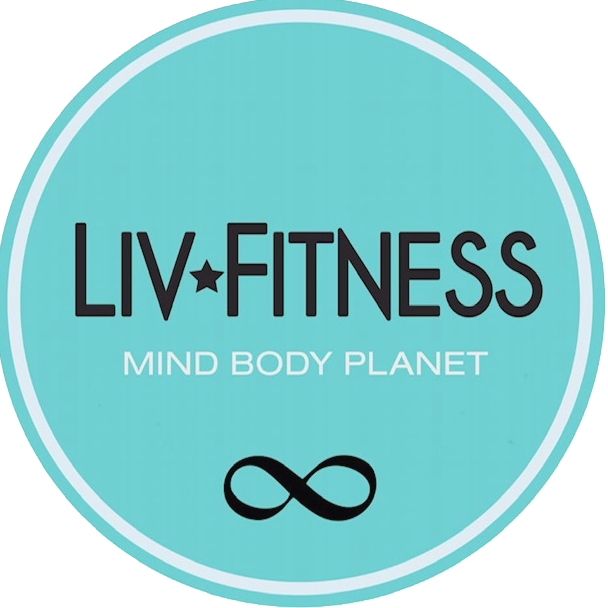Completing the Weight Loss Equation: Calorie Burn
Along with decreasing the amount of calories we take in through food, the amount of calories burned through exercise is a major factor most of us consider when we set out to lose weight. The logical conclusion to draw is that we should be burning as many calories as possible to create a greater calorie deficit and boost weight loss. Sweaty, heart-pumping cardiovascular exercise such as running, cycling, or kickboxing often comes to mind and we start prioritizing these types of exercises.
While it’s true that cardiovascular exercise burns calories and can be used to boost weight loss (and increase overall fitness), we shouldn’t neglect strength training when we want to increase calorie burn. We’ll go over two factors that make this true – Excess Post Exercise Oxygen Consumption (EPOC) and Basal Metabolic Rate (BMR).
EPOC refers to the amount of oxygen and energy (calories) your body has to use to recover after a workout. The more EPOC required, the higher the calorie burn. The cool thing about EPOC is that it can lead to calories being burned for hours, even days after your workout is complete. Resistance training (especially with heavy weights that challenge your muscles) leads to greater EPOC than cardiovascular training alone. It’s true that a single session of cycling may burn more calories than a strength training session equal in length but, thanks to EPOC, the strength training session will keep the calorie burn going, even after you’ve gone to sleep.
Basal Metabolic Rate involves the calories your body is burning all day, outside of exercise. Without you even thinking about it, your body uses energy to pump your heart, breathe, digest food, and maintain a stable body temperature (and these are just a few examples). Exercise of any kind increases the calories that are burned above and beyond the BMR. What makes strength training unique is that it can actually increase your BMR by increasing the amount of muscle mass in your body.
Each pound of muscle mass burns approximately three times as many calories at rest than a pound of fat. It makes sense then, that if you increase the amount of muscle mass you have, the more calories you will burn without even trying. The most reliable way to add muscle mass? Strength train with weights that are heavy enough to stimulate muscle growth. If you do this consistently and keep challenging yourself with heavier weights as you get stronger, you’ll keep increasing your BMR and burning more calories.
Though at first it might seem logical to prioritize cardiovascular training over resistance training when we want to lose weight, learning the facts about EPOC and BMR can give us a more complete picture of calorie burn. This can help you structure your workouts more effectively to reach your goals. Though there’s nothing wrong with adding more cardiovascular exercise to your routine, if you have limited time it makes sense to focus on consistent strength training first.



